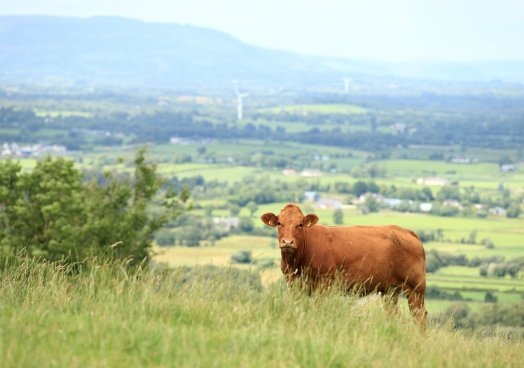
Farmers have called on the government to introduce mandatory labelling on meat products which show the percent to which the animal has been grass-fed.
Currently in the UK, the term grass-fed can be used on any products that are 'predominantly' grass-fed, which could be as low as 51%.
But the Pasture-Fed Livestock Association (PFLA) has called this 'misleading' to the consumer as it 'potentially negates' the health benefits of 100% grass-fed beef and lamb.
The campaigner group said it would like to see the government introduce mandatory regulations on beef, dairy and chicken products.
It said the term ‘grass-fed’ needed to be qualified with an assurance of the percentage to which the animal had been grass-fed, such as 75% or 80%.
Such a system is already in use in the United States. The PFLA the system enables the consumer to make an 'informed decision'.
Alistair Stobie, who leads lobbying for the PFLA, said: “We warmly welcome the government’s intention under Section 35 of the Agriculture Bill to introduce regulations around labelling of specific terms and methods of production.
“We see this commitment as fundamental to achieving the desired higher animal welfare, environmental and human health outcomes from the Bill.”
In a new paper called ‘World Trade Organisation Rules and Livestock Labelling’, the PFLA outlined why meat and dairy products coming from grass-fed animals can be labelled to show consumers the higher nutrient content.
“We believe that the scientific research into the nutritional difference of grass-fed meat over grain-fed meat would meet the ‘objective difference’ requirement of the World Health Organisation,” said Mr Stobie.
“Adopting clear and consistent labelling across the entire sector, that has the backing of the government, would enable the consumer to make an informed and knowledgeable choice between products.”
The PFLA has now sent out a letter template to its 600 members asking for them to write to their MPs asking for them to support mandatory labelling of grass-fed beef, lamb and dairy, along with the briefing paper.
This has been timed to coincide with the Second Reading of the Trade Bill through the House of Commons in the week of 8 June.
